Yaesu FTDX10 deep-dive review
I purchased Yaesu FTDX10 in early 2021 after having read many reviews and watched every video on Youtube that I could find.
The radio was beautiful, the right size, right weight, exactly what I was after. It had a big, crisp and bright touch screen and looked amazing on my desk.
I put my IC-7610 aside and set the FTDX10 as my primary radio, just for enough time to learn to really appreciate the latest Yaesu technology and to learn to love this radio.
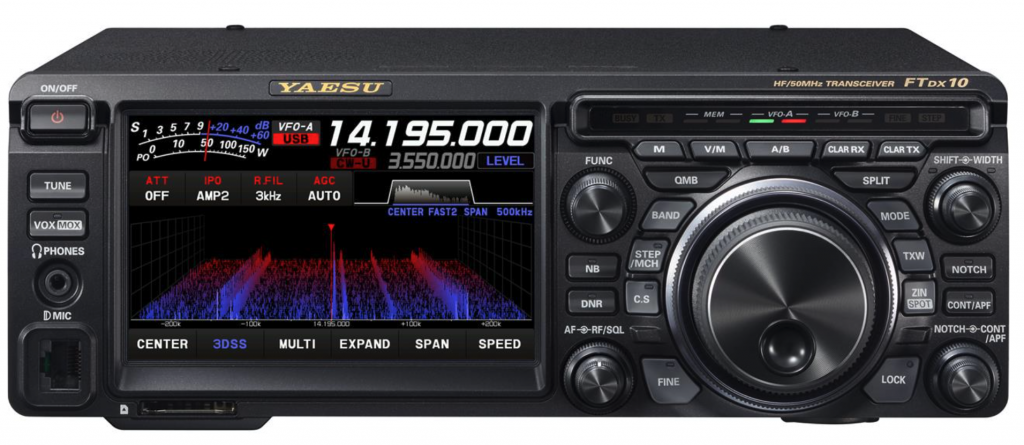
Over the following 10 months I kept swapping it with my IC-7610, using both of them for about the same amount of time. I had an IC-7300 previously, but sold it in order to upgrade to IC-7610. However, I had access to a friend’s IC-7300 so I put it alongside the FTDX10 to be able to compare them.
I am a strong believer of product usability and I am expecting a product to perform to its specifications, to have high reliability and that the usability of the product is not flawed. By this I mean the product should do things in a simple, unobtrusive and logical way, not requiring the user to go out of his way to achieve something.
This review is written from that point of view – the radio usability and reliability.
I saw a few discussions in the FTDX10 Facebook group and a few online forums and often I read a response “You should have researched first before buying a radio”. However, every review I came across was based either on Sherwood’s high score for this radio’s receiver, how beautiful the touchscreen is or comparing the receiver to IC-7300 in a mostly irrelevant environment.
For that reason, I have decided to write this review, to let others know what the radio is like to use after an extended period of time, what the support by Yaesu is and what the radio’s reliability is like. I will base it on comparing this radio to IC-7300 as many potential owners are asking themselves if FTDX10 is indeed that much better and worth the price difference.
I am not a fanboy of either of the brands, I simply choose what I believe is the best radio at the time, considering my budget and the radio’s availability. The radios I have owned over the last 10 years are FT990, IC-706 mkIIG, IC-756pro II, TS590S, FTDX3000, FT891, IC-7300, FT991A, IC-7610 and FTDX10, in that order.
Before we start, I would recommend you make a cup of coffee or tea, this is going to be a long read.
Advantages
According to many users the FTDX10 receiver is undoubtedly better, it has a better dynamic range and a better sounding audio. If you only look at this then it’s game-over, the FTDX10 is your next radio.
While the FTDX10 receiver seems to be better, don’t expect miracles. You will not find yourself in a situation where the signal that you hear on the FTDX10 will not be heard on IC-7300.
Rob Sherwood’s report places the FTDX10 receiver at the #2 place of all radios for its dynamic range. These are the results that some people are boasting about but they should not be taken as a holy grail, this is only one element of the radio performance. You will struggle to see any significant difference between the top 20-30 radios on this list in real life. The differences between radios on this list are of a very fine margin, it really compares radios that are 99.26% “good” vs. radios that are 99.23% “good” vs. 99.18% “good” and so on.
The sensitivity of all modern radios has been about the same for decades now and the difference in selectivity is not a night and day either. It will apply in a very small number of cases, mostly in CW contests or DX pileups, usually when you are the wanted DX.
In Rob Sherwood’s NC0B own words “I have used IC-7300 in at least 8 contests on 160 and 10 meters, and I have never felt I missed a contact due to the inadequate performance.”
I have been in touch with Rob and he has kindly provided some information from his presentation that is very relevant to the receiver performance, see Rob Sherwood NC0B presentation slides. Thanks Rob!
You can view the entire Rob Sherwood’s Transceiver Performance Presentation on Youtube.
Roofing filters are one big advantage of this radio over IC-7300. Even better, you can add the 300Hz CW filter as an optional component. I was initially sceptical about it, but now that I have added it to my FTDX10 I can see the benefits. Is it worth the money? That depends on what you do. If you just do a casual CW QSO here and there, then probably not. But if you like to get into the “dirt” of low band DX-ing or are into CW contesting, then it is worth every penny.
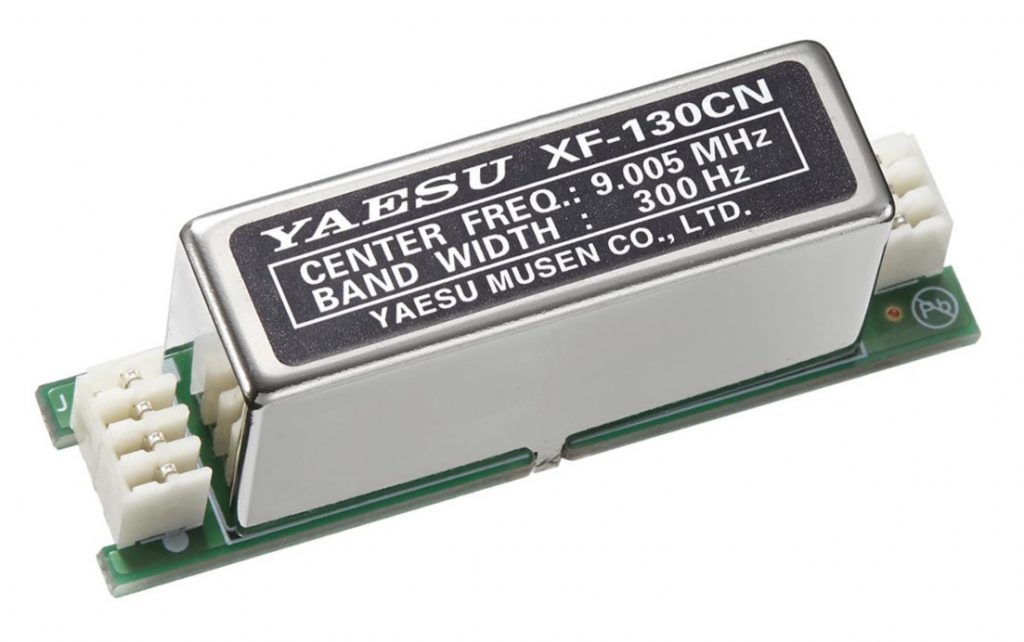
APF is one thing that I miss on IC-7300 and that gives FTDX10 a big advantage. It can be very helpful with weak CW signals by lifting a narrow part of the audio component of the signal from the surrounding noise.
These are the big advantages of the FTDX10, probably worth the price difference for some.
Minor advantages are, and this is probably personal preference, the use of width and shift.
While on Icom you do have a key (IC-7610) or touch icon (IC-7300) to press and cycle through three preconfigured bandwidths, if you want to further adjust it you use Twin-PBT, where you adjust the upper and lower cuts individually to adjust both the width and shift. Shift doesn’t have its own knob, it’s managed via Twin PBT.
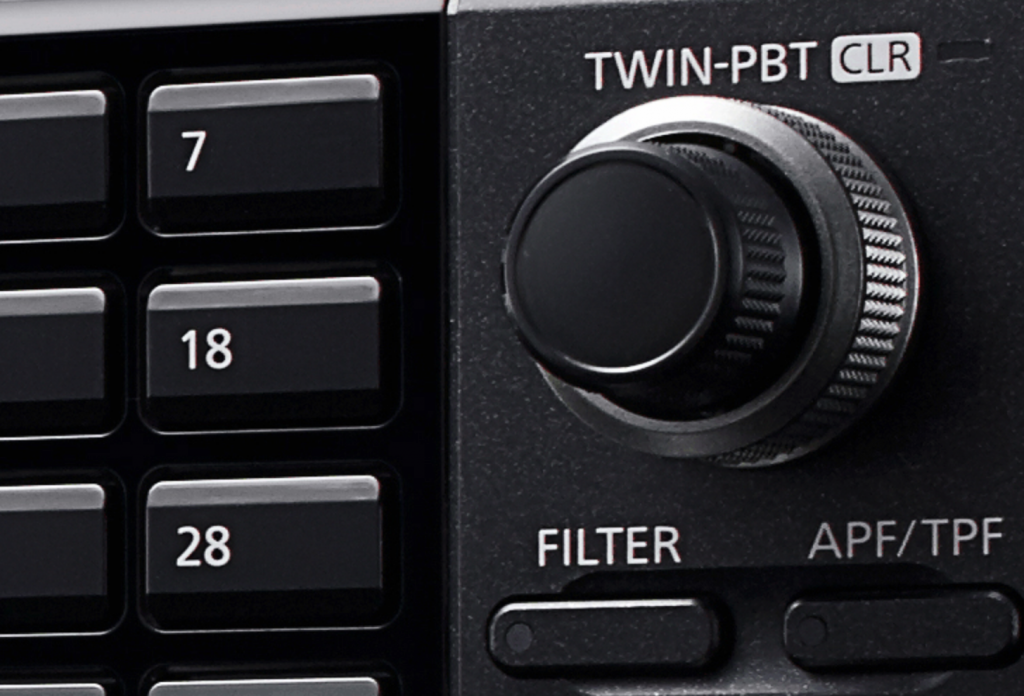
Yeasu FTDX10 has dedicated Width and Shift knobs, which I prefer.
The shift knob on FTDX10 is way too fine, though, if you turn it 90 degrees either side the shift value is 100 Hz only, so you need to keep turning that knob a lot. I wish it was same as on the old radios where the 90 degrees turn would get you 400-500 Hz shift.
Another thing that works in FTDX10’s favour is the fact that with IC-7300s being an SDR radio, you may find yourself in a situation having a significant in-shack interference in a multi-radio environment, such as field-day or multi TX contest site. The only cure here would be additional band pass filters, which can be expensive and which you won’t need with FTDX10.
Disadvantages
As for disadvantages, there is really only one: everything else is better on IC-7300.
Yes, I know, it’s a big call, so we’ll do a deep dive into “everything else” now. It may sound a bit like a rant, but it’s probably needed, hopefully someone at Yaesu reads it.
Unfinished business
Timing of the selection panels. When you push the BAND key, a band panel is displayed and this is where you make a selection. It’s similar for MODE, ATT, SPAN, etc.
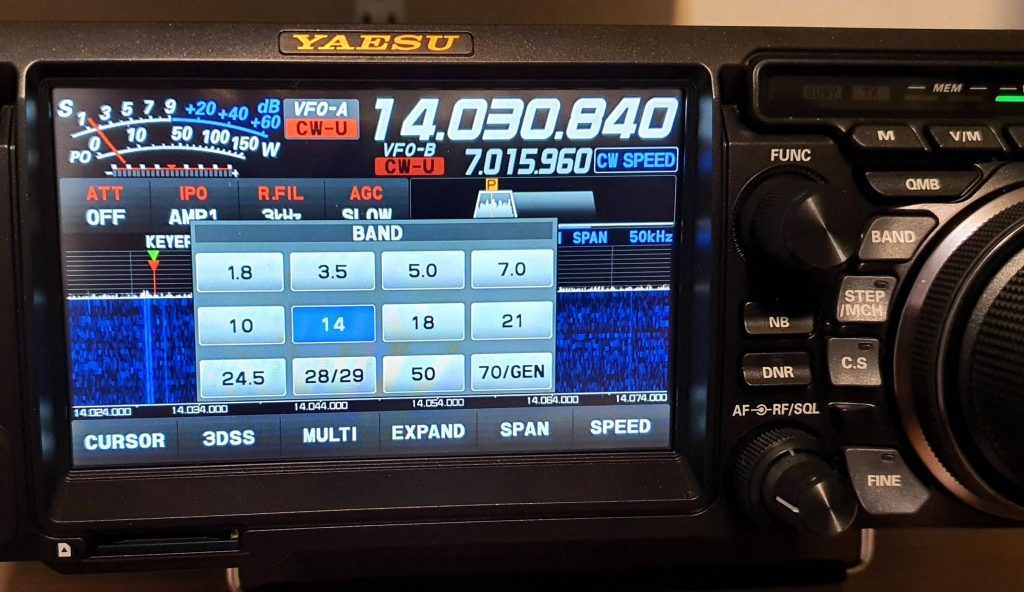
The problem is the length of time that these panels are shown is different depending on the function you use and in some cases very short. Yaesu finally modified the duration of the BAND and MODE selection panels visibility from 2.5 – 6 seconds in Dec 2021 firmware update, a full year from the radio release and numerous complaints from users.
The timing for selection panels as of January 2022 is as follows:
6.0 sec – BAND and MODE
2.0 sec – S-meter
2.5 sec – Oscilloscope and AF-FFT ATT
3.5 sec – ATT, IPO, RFIL and AGC
10 sec – manual frequency entry
No limit – SPAN and SPEED.
This “variety” is outside of any industrial quality norm, it would never pass the very first round of testing for any product, let alone one that costs $1500 or more.
There is no logical reason to have the panels disappearing before the selection is made. They all should behave the same; call the function – display the panel – the user makes a selection – panel disappears.
The layout of the keys on the front panel hasn’t been thought through. The most frequently used keys (BAND and MODE) are in the tightest possible places, between VFO and FUNC knob and between VFO and Shift/Width knob respectively. Meanwhile, some keys that most people almost never use are occupying the premium real estate on the front panel (M, V/M, STEP/MCH, C.S)
You can change the MODE by touching the mode icon on the touchscreen, but you can’t change the BAND by touching the MHz figure itself, you need to press the BAND key in that tight space between VFO and FUNC knobs.
AF/RF knob is on the wrong side of the VFO. About 90% of humans are right-handed, yet the most used knob on any radio is placed on the left. Endless fight with the VFO knob.
DNR is very good and very bad at the same time. My main concern is that it’s way too aggressive. Once you turn it on and even on Level 1 it feels that it applies way too much noise reduction, so some signals sound watery and some are just very unnaturally distorted. The weighting on Icom has is much better. Yaesu’s Level 1 is as strong as Icom’s Level 5, so with Icom you can apply it much more gradually.
Yaesu’s DNR performs much better on CW, where I really like it and probably rate it better then Icom’s, but Icom’s more gradual approach makes it superior on SSB.
While a USB mouse can be used with this radio, quite a few wireless USB mice are not compatible with FTDX10. I don’t know of any other device that can use a wireless USB mouse but that is not compatible with some of them.
Two biggest mouse related complaints are that there is no mouse gesture to replicate the FUNC button push and the lack of scroll wheel action. Both of these are no-brainers, right-click could be used for FUNC and the scroll-wheel could easily change the frequency.
Many users are complaining that there is no clock on this radio. This is a nice-to-have that would be really, well… nice to have.
S-meter shows only one value at any time when transmitting, you can choose from Power, ALC, Compression, Voltage, Current and SWR. In comparison, IC-7300 can display PO, ALC, COMP, IP, SWR, VD and Temperature, all at the same time. Imagine the joy of using IC-7300 for FT8.
VFO-B doesn’t seem to be sending anything to the amplifier via CAT when changing the bands, you need to be on the VFO-A to do so. Otherwise you are relying on your amplifier to recognise the frequency when you first transmit and change the band itself. This also changes the antenna, if applicable. Changing the band on the radio and listening with the wrong antenna doesn’t seem to be the best idea.
Band stacks have gone a step back from the initial release. You need to press the BAND key, the band panel is displayed, then you either select the same band on the panel or press the function key to go to the next stack for the same band. Yaesu had this right in their first firmware, you press the BAND key, then press it again and you go to the next stack, and so on. For some reason they removed it in the May 2021 firmware release. They should have all three options.
SSB audio monitor is frankly useless, it does not represent the real audio that goes out there. While this is not perfect on any radio, on FTDX10 it’s significantly worse. The only way that I could figure out what my audio was like was to listen on another radio without any antenna plugged in and then transmit with FTDX10 with 5 watts.
Many things are adjusted per band. Some things even need to be adjusted per band stack. Say, you do a factory reset and now need to enable the CW BK-IN. You need to go to each band, each stack, each VFO. That is 12 bands x 3 stacks x 2 VFOs, you have to change the thing 72 times!!!
SPAN is also adjusted per band, which may be a good or a bad thing, depending on your preference. I would prefer it to be a global setting.
There are three modes of displaying the SS and waterfall, either Fixed, Centre or Cursor. I use Cursor most of the time, but I found that Icom’s implementation of this is way better.
On FTDX10, once you reach the upper limit of your SS and keep going up, you’re “riding” on that limit, e.g. you see what’s behind, but not what’s ahead. On Icom, this is called Scroll and once you reach the upper limit, the screen jumps up for the preset Span value so you can see what’s ahead. It’s the same with the lower limit.
The internal antenna tuner is super slow, it takes forever to tune the antenna even if the mismatch is minimal and it’s as loud as it gets. If you remember the TS570S tuner (from 1996), this is exactly how the tuner on FTDX10 feels and sounds.
Just as an example, when I auto-tune my 15m antenna with an SWR 1.5:1, FTDX10 takes 9.5 seconds to tune to 1:1. In comparison, IC7300 and IC7610 take about 2 sec, while TS590SG takes barely 1 second.
Lack of functionality
There is no averaging on spectrum scope so it’s very much “alive” (distracting) with all the noise and QRM/N, masking the weak signals. While some users prefer this, many others would prefer to have smoothing enabled and have a choice to use it or not. It’s not a difficult thing to do, it’s just a software algorithm used for visualisation purposes. Contrary to some beliefs, it has nothing to do with the received signal, it’s just visualisation.
Having said that, the Level and Peak settings work really well and can be customised to the user’s liking.
Functions disabled on transmit – While transmitting there is very little you can do with FTDX10. You can only turn the knobs and that’s it. Any functionality that is related to any keys on the front panel or any touch screen functionality is disabled. This is ridiculous.
You can’t take a screenshot while transmitting. You can’t change the power, change the level of SSB monitor or CW side-tone, change the AGC or filter in preparation for the pile-up you are facing, you can’t press FUNC to open the menu to select any function and change it while transmitting. You can’t change even the CW speed unless it’s already preselected and available on the FUNC knob. Even this doesn’t work if you are transmitting while using a recorded message (e.g. auto-CQ).
You need to stop transmitting to do anything at all that involves anything else except the knobs. I’m sure contesters and particularly FT8 operators are not thrilled with this.
Changing most values is done in increments of 1. To change something from 1-100 takes about 7 turns of the FUNC knob, 180 degrees each. Wouldn’t increments of 5 be sufficient?
You cannot turn some things off, you need to wind them down all the way to zero, for example audio monitor or processor. You would want to just select PROC OFF or MONITOR OFF and be done with it, but you can’t. You need to keep turning the FUNC knob all the way down to zero.
Power can’t be reduced below 5 watts. It is changed in increments of 1, but once you reach 5 watts that’s the end. I would expect the power to keep going all the way to 1, or even zero.
Why would anyone want this? For two reasons.
Firstly, we are radio-amateurs and we like to experiment. I tend to operate QRP sometimes and reducing the power to 5 W gets me there, but I can’t test the boundaries. I like to challenge myself by working with 1W or even less and try getting the DX station into my log on 40m CW.
The other reason is controlling the power of your amplifier. Many countries have a power limit of 300 or 400W PEP. Certain amplifiers require a very small drive to achieve this, for example SPE Expert amps will deliver ~500 watts PEP with 5W drive. If your legal limit is say 400W PEP, you can’t use FTDX10 with an SPE amplifier, otherwise you’ll be running over your limit.
The 3DSS is useless, I don’t believe anybody is using it. I have asked a question in the FTDX10 Facebook group and out of about 100 responses there were one or two who found it useful. Everyone else was considering it to be a useless gimmick.
Issues
There seem to be some serious problems with quality assurance at Yaesu, testing and quality control seem to be forgotten somehow.
Here is a list of common issues with this radio collected from Facebook FTDX10 group, QRZ com forum and two GroupsIO FTDX10 mailing reflectors.
Fault with the volume knob – many users are complaining that they can still hear the audio when the AF knob is turned all the way down. A low volume audio still comes through the speaker or the headphones if they’re plugged in. It does not affect everyone, but there is a large number of users who reported this.
Failing screens – there are various issues with touchscreens, from non-responsiveness and misalignment to complete image distortion. Below is the photo of my screen when it failed in early December 2021. It has been replaced and it’s working fine now.
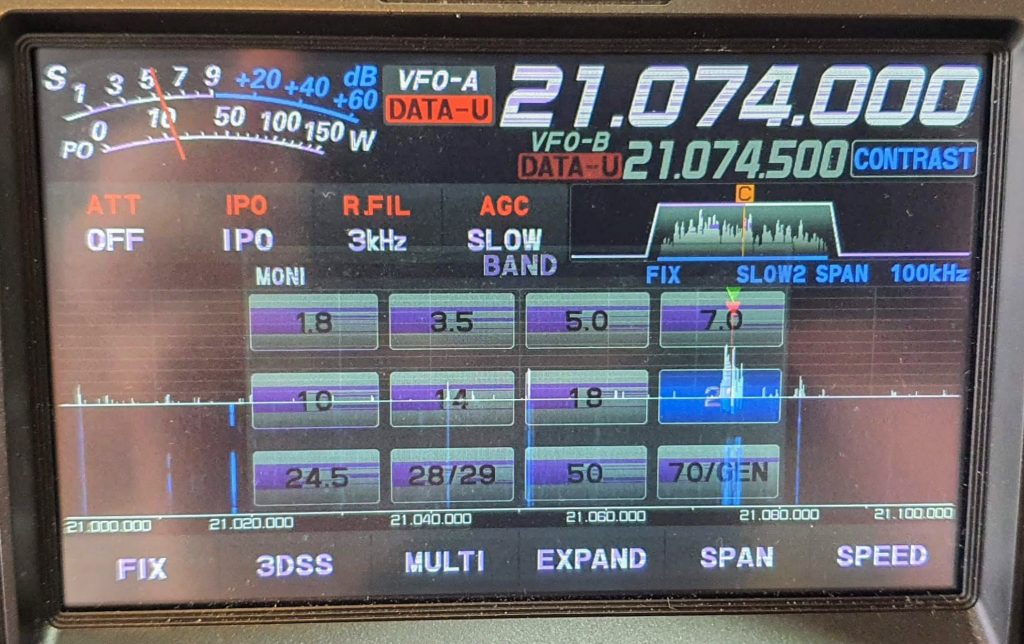
Insert firmware card – a large number of users report the issue where the radio displays an error message “Insert firmware SD card” when the radio is turned on. In almost no cases inserting the card has resolved the problem, but the radio had to be factory reset, turned off and on several times before the radio would “bite” and install the firmware from the card. In many other cases nothing would work and the radio would need to be sent to Yaesu for reprogramming.
Reset to factory in the middle of QSO – it happens that the radio resets itself to a factory setting in the middle of a QSO while transmitting. It happened to me twice in the past 10 months.
FT8 harmonics – there is a significant number of users experiencing harmonics on FT8, me included. An extended conversation in GroupsIO has not resulted in any improvements even though the output audio from the PC was analysed, power reduced, USB and all other cables fully clad with ferrite rings and clip-on beads, radio settings changed to all possible variations and what not. We suspect that this might be coming from the in-built sound card or some other internal component.
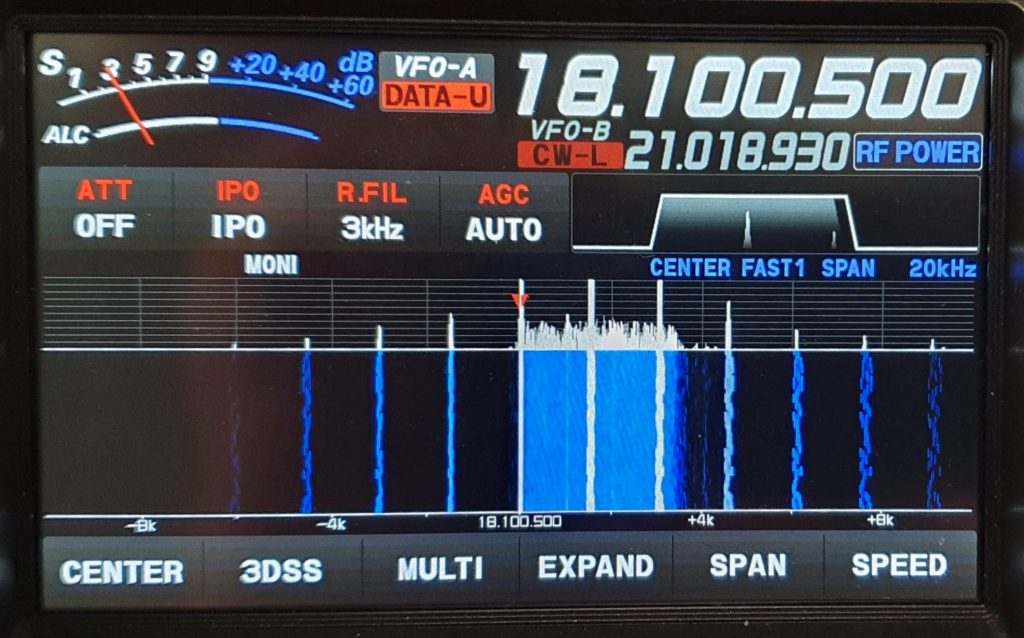
Here is what transmitted FT8 signal looks like on my radio.
Support and feedback
When my display failed I contacted Strictly Ham, the dealership where I bought the radio here in Australia and the dealer got me in touch with the repair centre. The entire experience was seamless and I had my radio back in about 10 days. Top marks for VK Repairs.
A few months after I purchased the radio I tried contacting Yaesu to provide some feedback on a number of issues listed above and offer to help as much as possible. Someone in the forums gave me the name of a lady in Yaesu USA to contact. She pointed me to a senior technical support person advising that this is the best way to get to the Yaesu development team. I emailed my concerns, suggestions and offered my help, but didn’t hear back. After about a month I emailed the same OM again asking if my feedback was received, but haven’t heard back either. A simple “Yes, got it” would suffice. A third prompt another month later, still no response.
A few days ago I came across this post in the Facebook group:
I have redacted names of the person who posted it and the person to whom it was addressed to, the same senior tech support person at Yaesu USA I was emailing earlier.
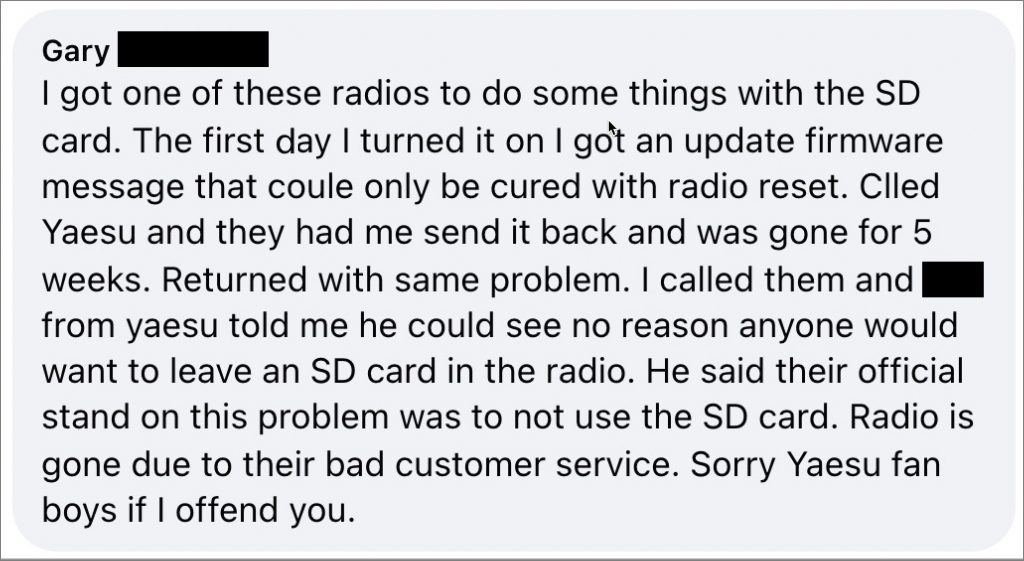
It is concerning that someone from Yaesu technical support would suggest something like that. Just as a reminder, the SD card is required for recording and playback of received audio, for voice recording, to save various operational settings, memory contents, screen captures and of course to store the firmware for updates. You would think Yaesu senior technical support would know this stuff.
Final thoughts
I believe that this radio has been rushed out to capture part of the market that Icom was running away with by selling boatloads of IC-7300s. Yaesu should have kept this radio in the development lab for another 12 months and developed a truly legendary radio that would put anything else on the market to shame. However, we got a product that requires constant attention and that is very frustrating for some users. FTDX10 is the radio that I so desperately wanted to fall in love with, but it just didn’t turn out to be.
Having said that, we are humans and it’s in our nature to be adaptive, to get used to things that we ideally don’t like and even sometimes to take pride in “look what I can do with this thing!”
If you are trying to decide which radio to buy, an Icom 7300 or Yaesu FTDX10, ask yourself what is really important to you.
Don’t just go to the store and try both radios for half an hour without really doing what you will be doing over the next few years. That’s because because they both have lots of eye-candies to win you over. Explore the things I have listed above and see how you feel about them, make a check-list, test them, try them, see them and then see how you feel about it all together.
If you want a great receiver, that is more expensive and you are happy to live with all its clunky bits in your daily use, and you are into some serious CW DXing, then FTDX10 is your radio.
On the other hand, if you are happy with a receiver that is marginally weaker on the dynamic range scale but the radio is much more affordable and is an absolute pleasure to use, if you do lots of SSB and FT8 then you are looking at Icom IC-7300.
I hope Kenwood comes up with a TS590SG successor, something that is a “baby-TS890” and a radio that FTDX10 tried to be, but never made it.
For my experience with FTDX10 in contest please read – Yaesu FTDX10 in CW Contest